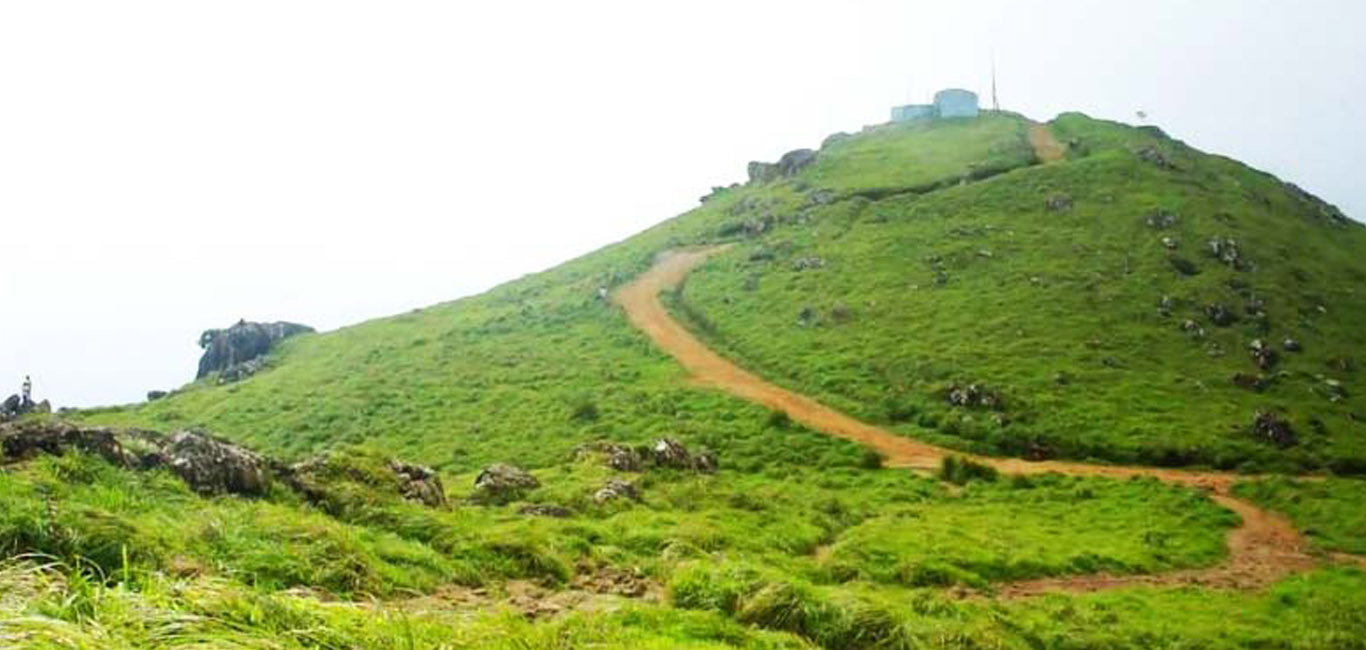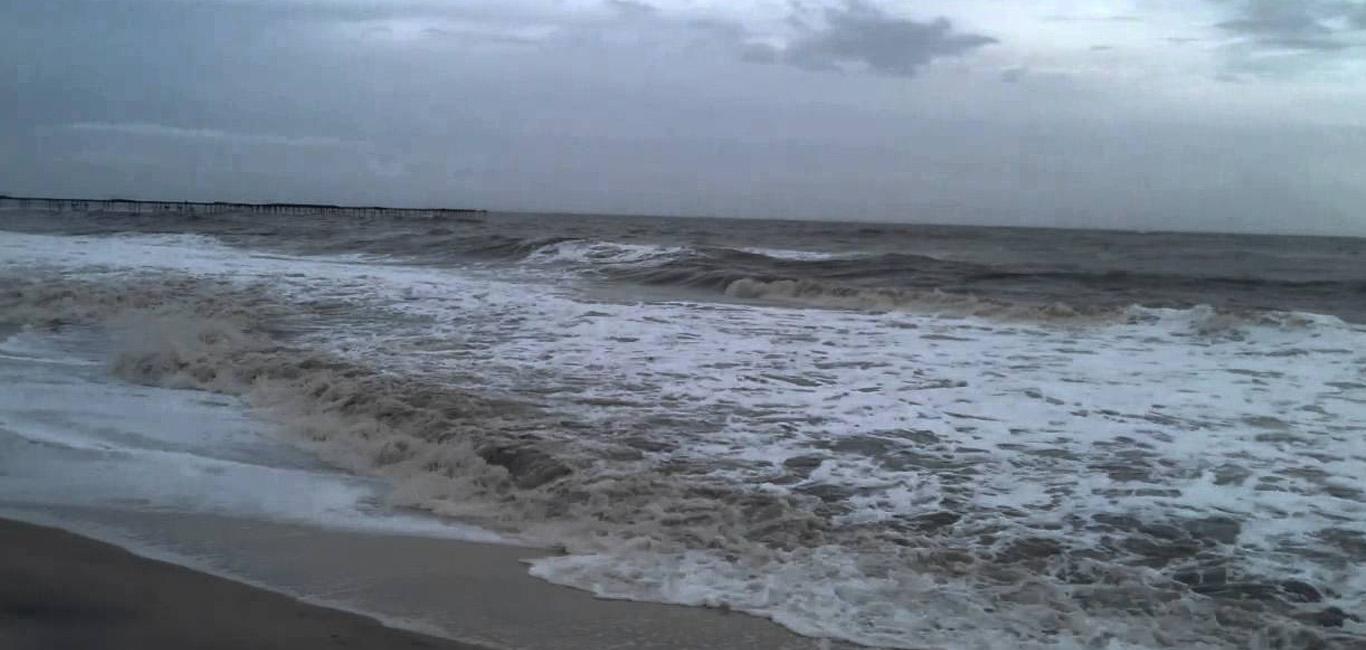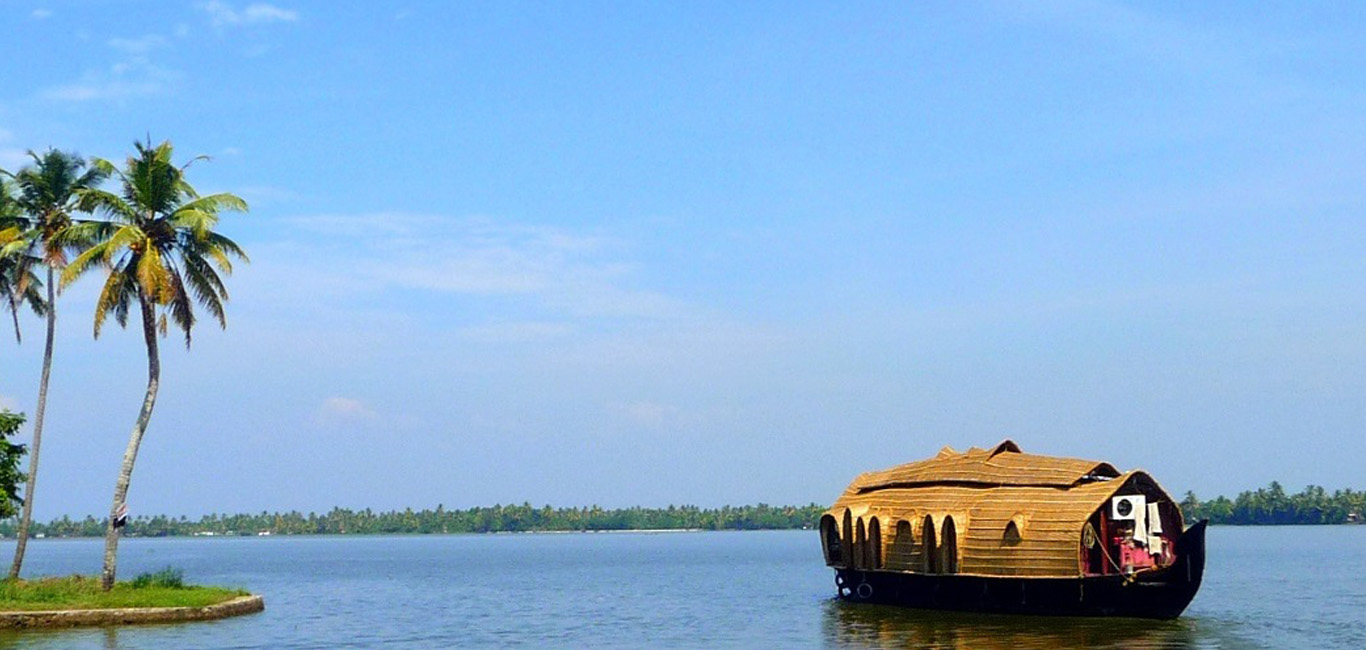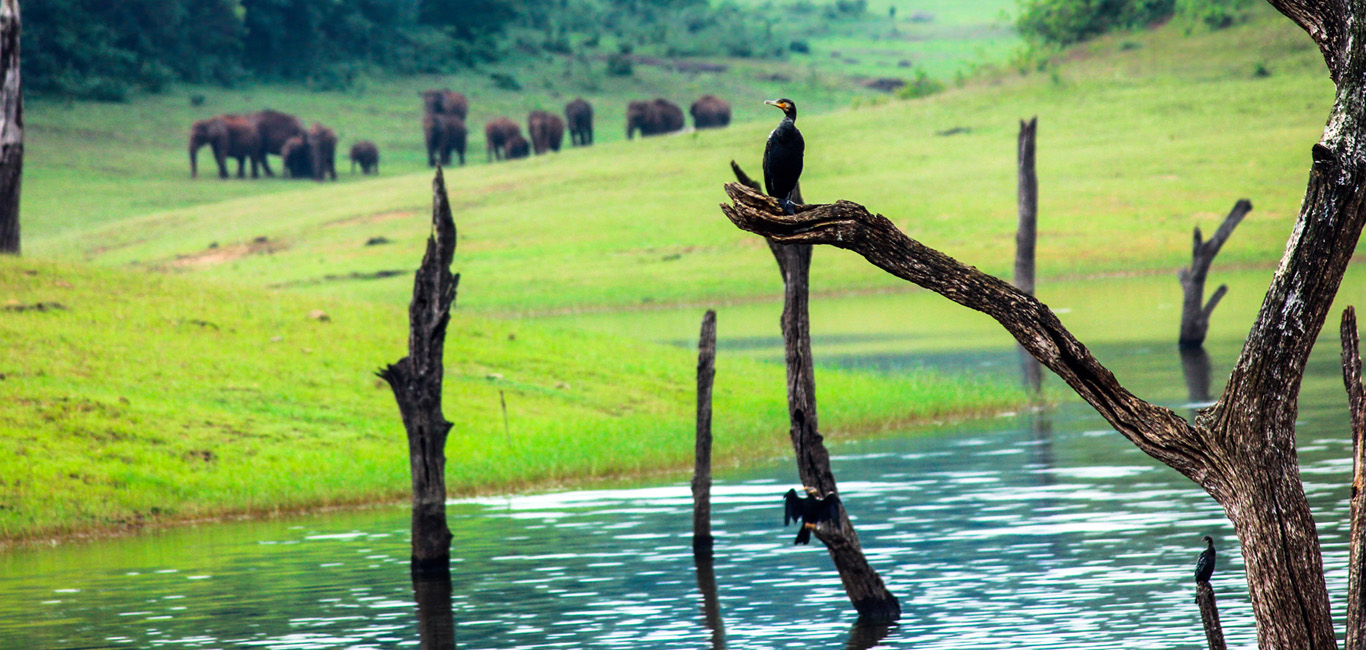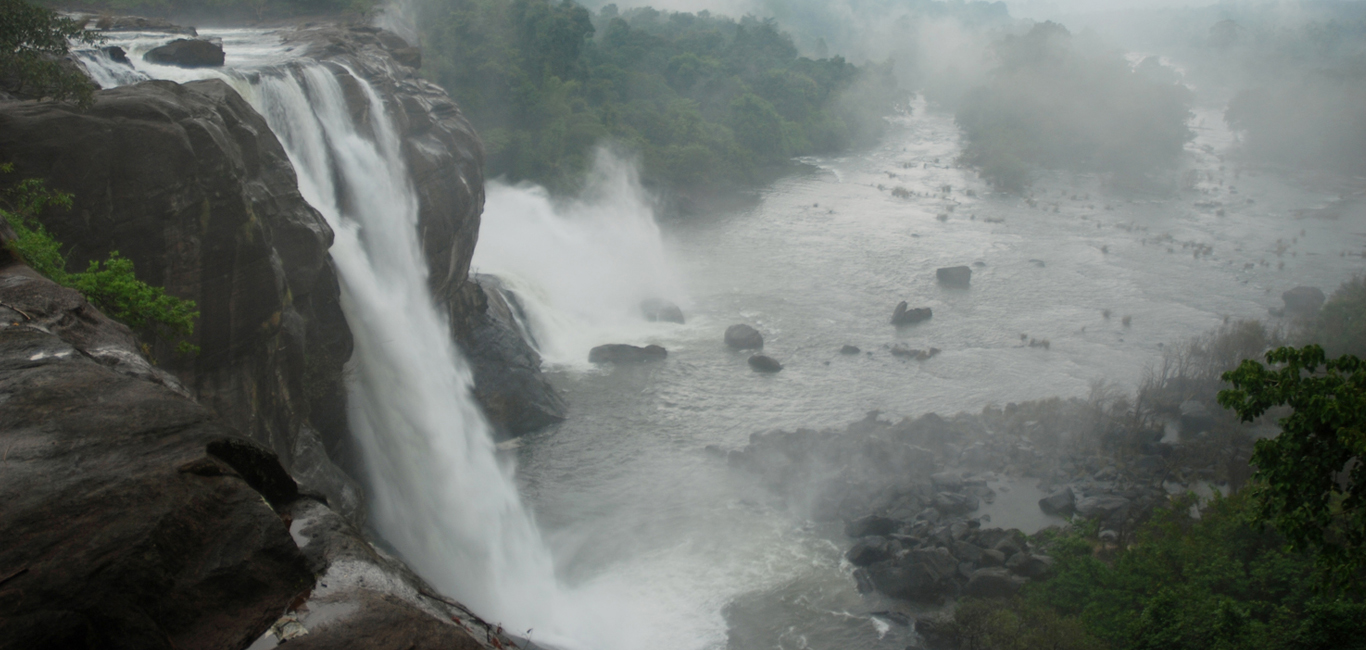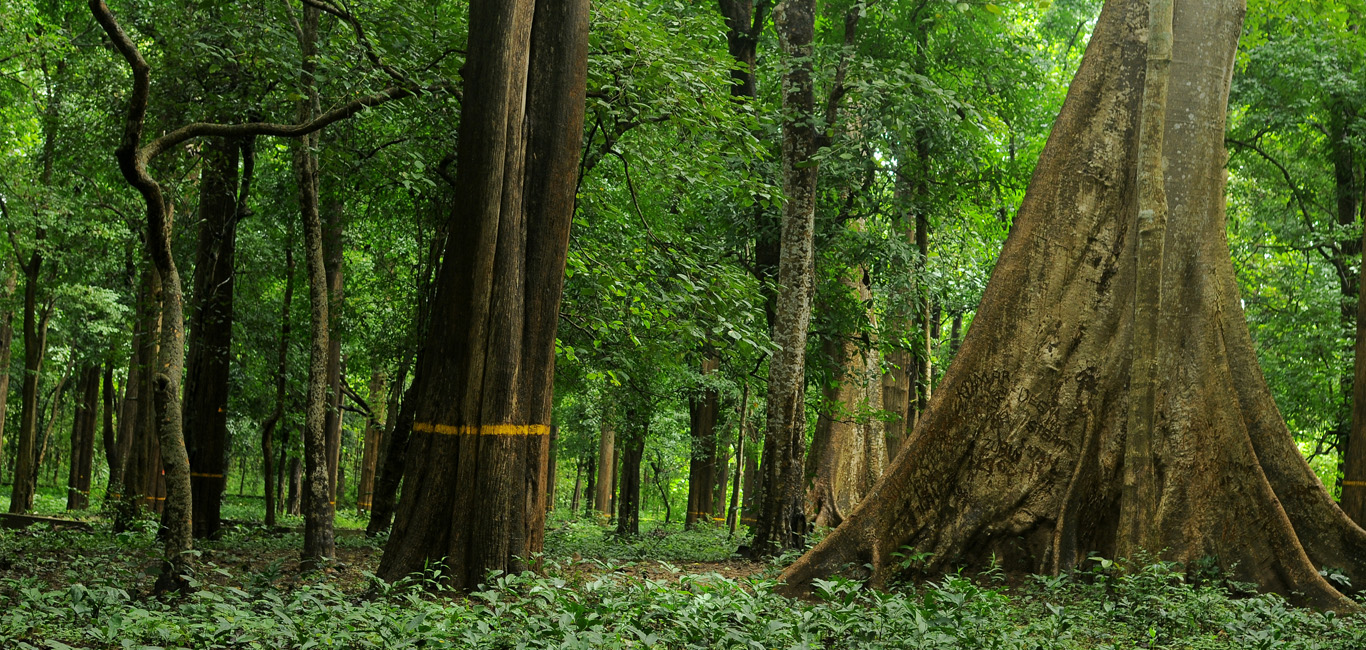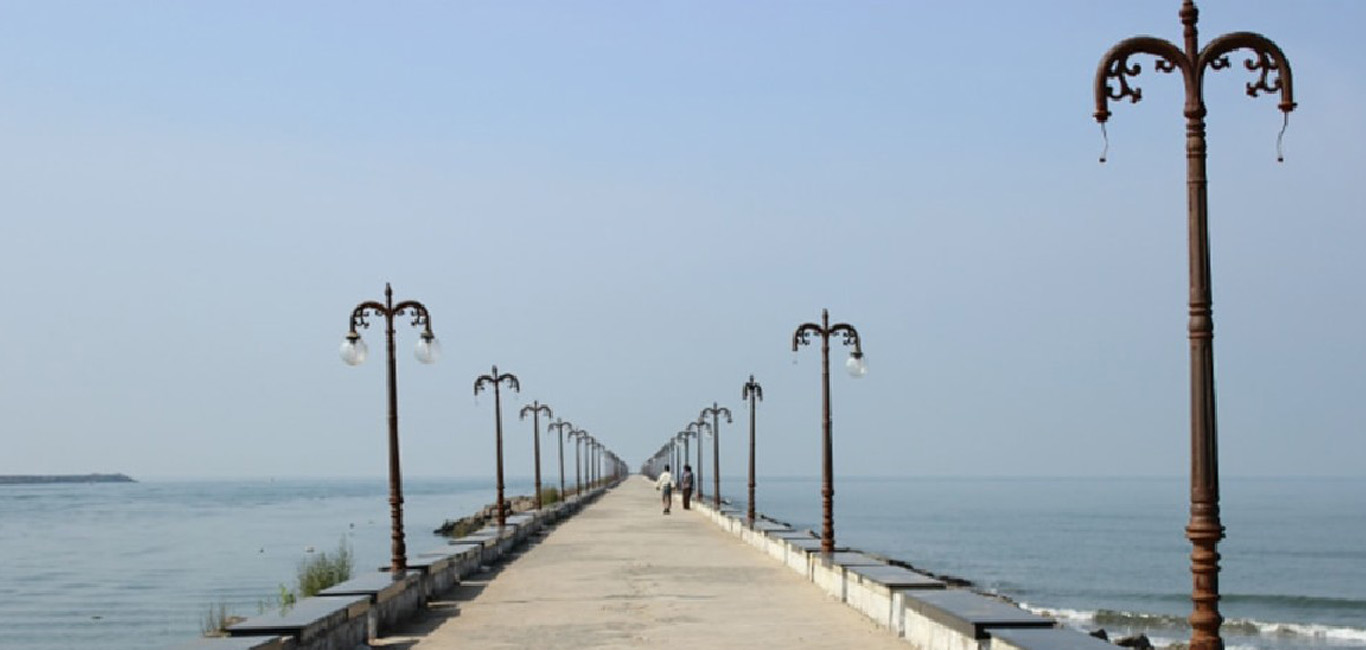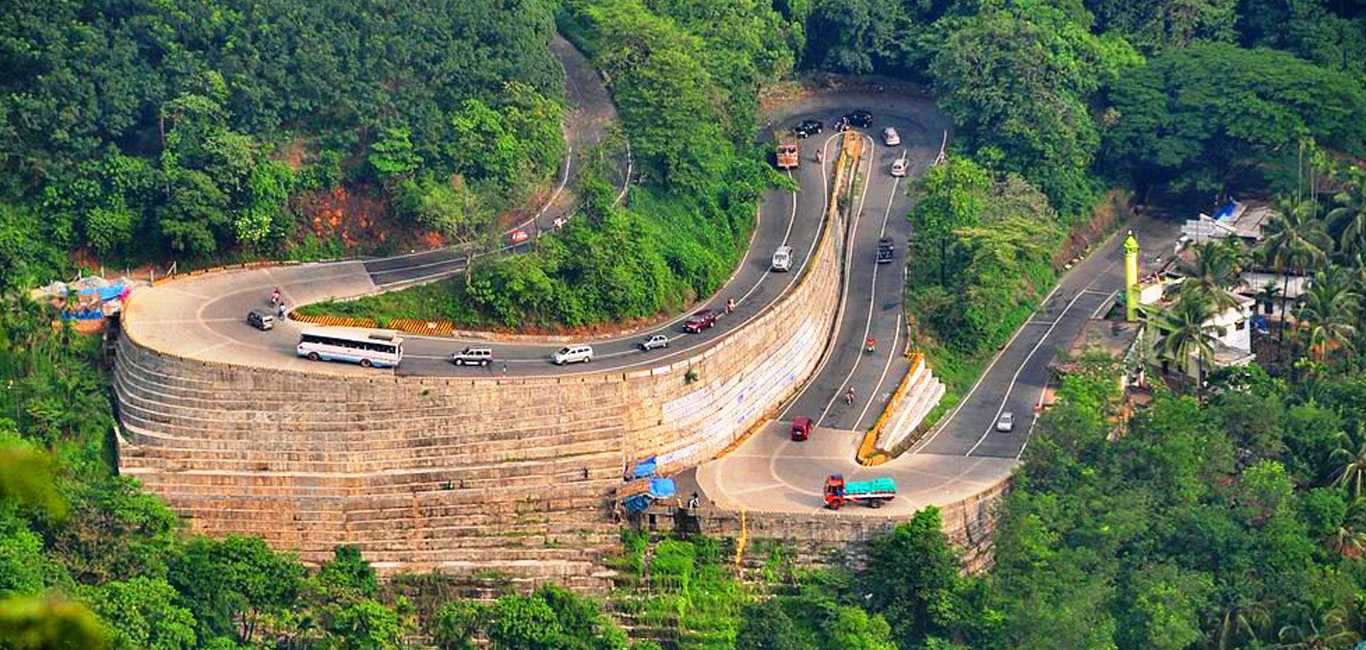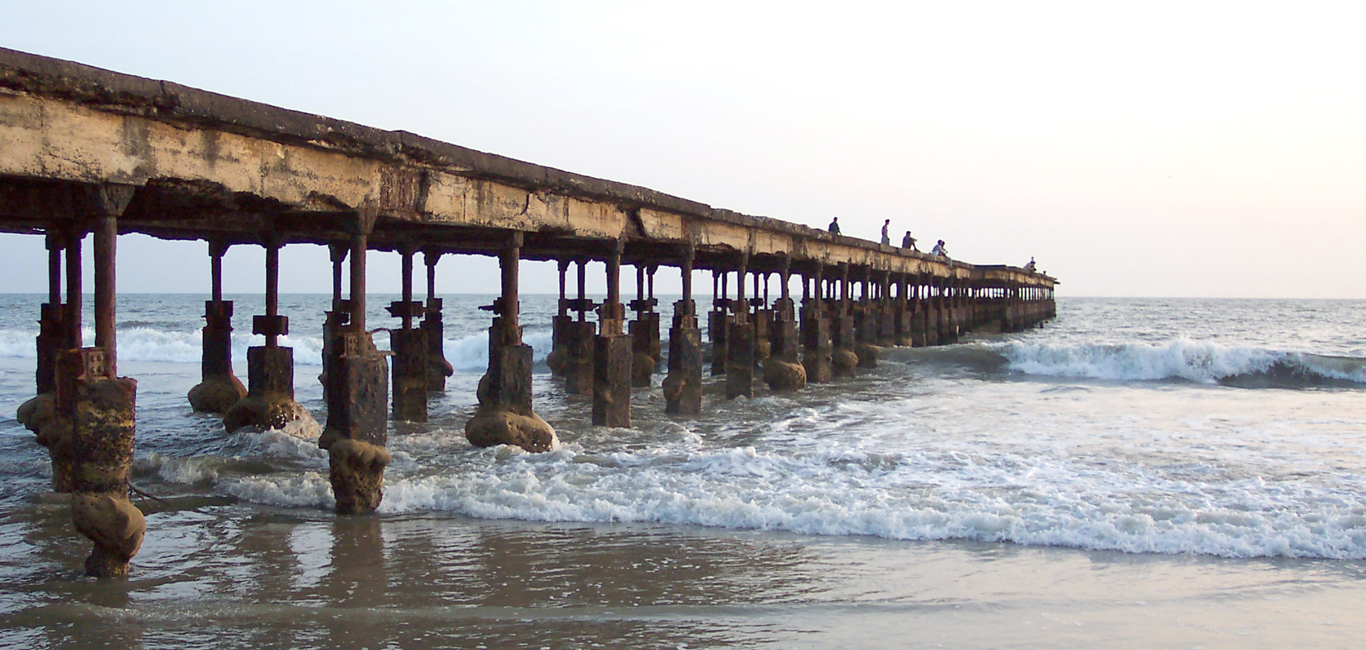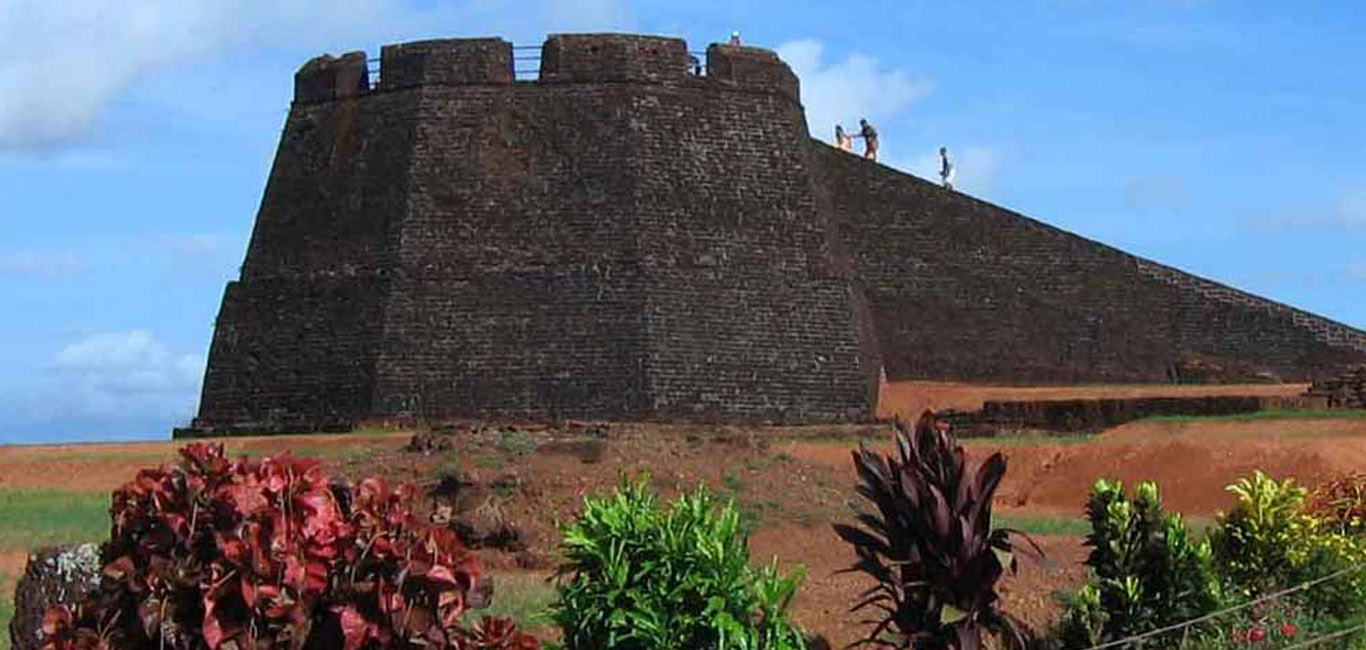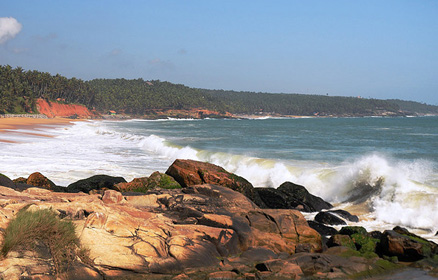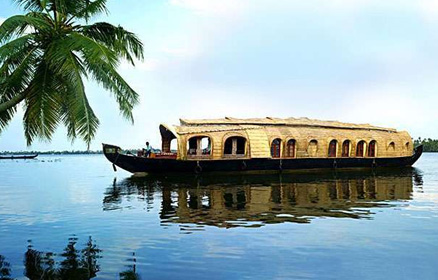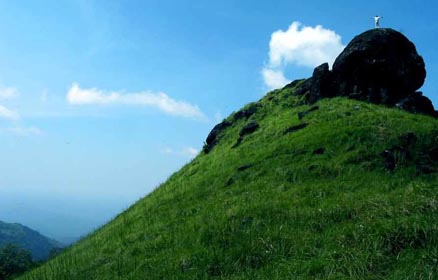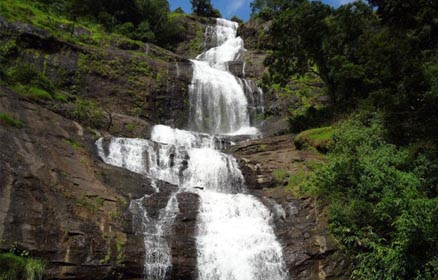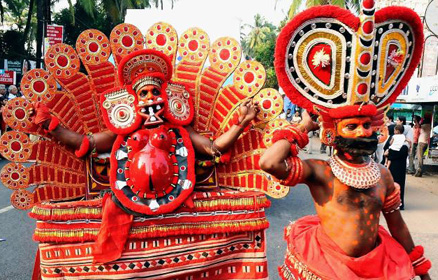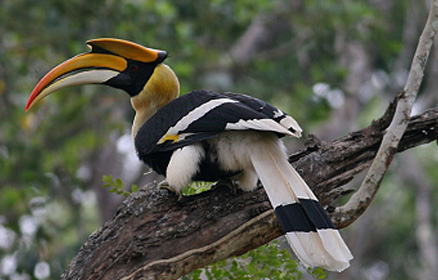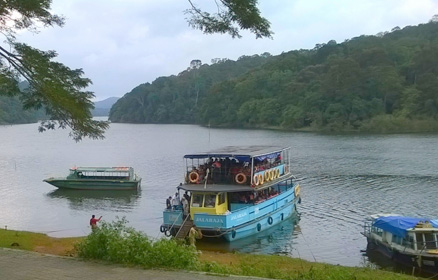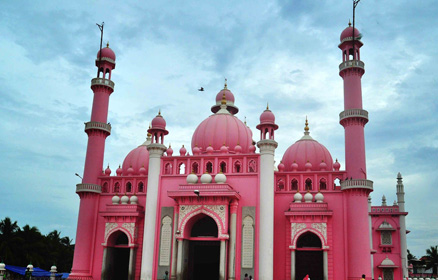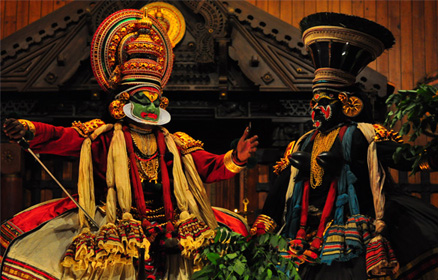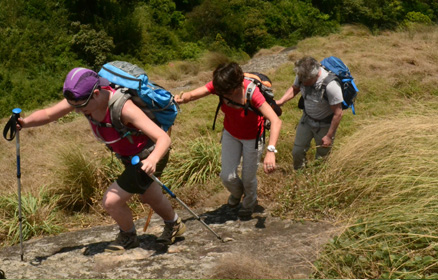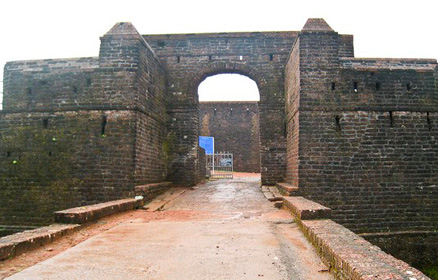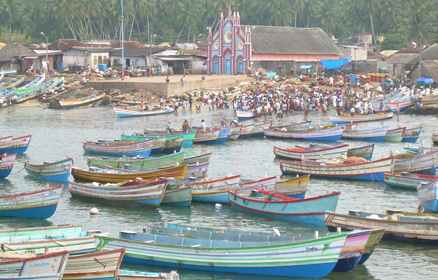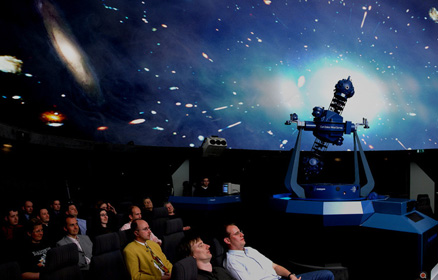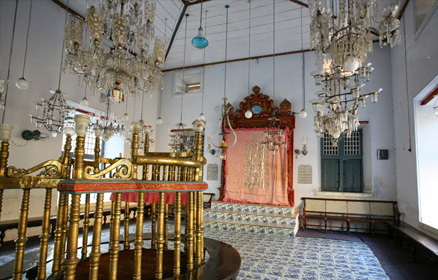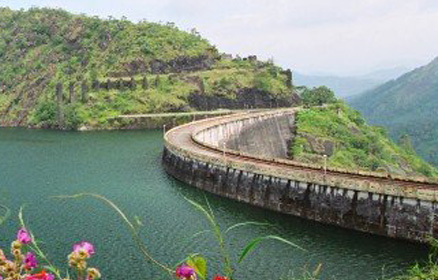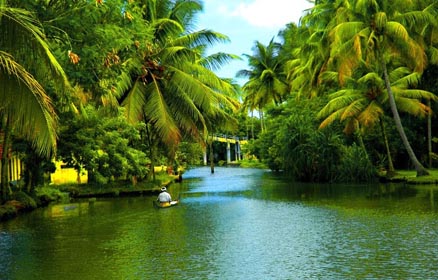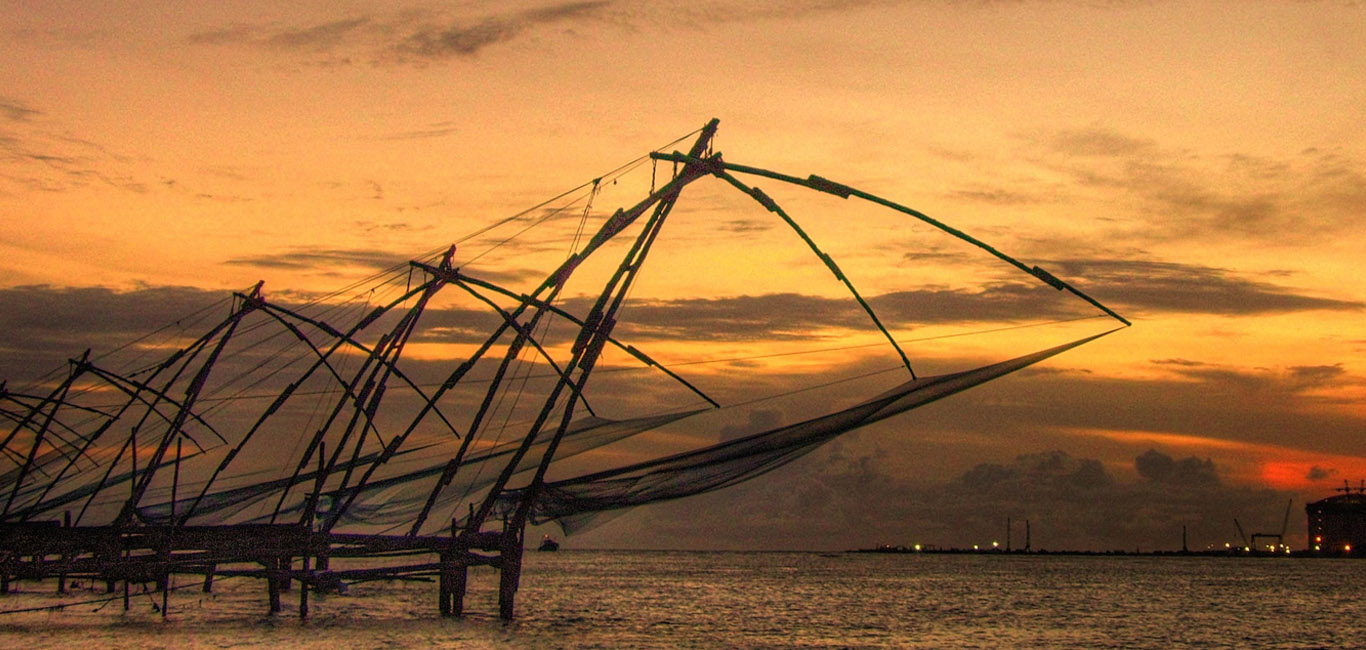
Ernakulam
Located on the coast of the Arabian Sea with Kottayam and Alappuzha districts in the South, Idukki in the east and Thrissur in the north, Ernakulam is a booming business metropolis. A fascinating mixture of the old and the new, the district comprises many interesting cities including Kochi (Cochin), the commercial capital of Kerala. One of the finest natural harbours in the world, Kochi, renowned as the ‘Queen of the Arabian Sea’, was once a major centre for commerce and trade. The British, Arabs, Chinese, Portuguese, Dutch etc., have all come to its shores in search of exotic spices and sandalwood. Even today, Ernakulam continues the tradition of welcoming visitors with its customary warmth and hospitality.
Place to Visit
Fort Kochi
Accessing Fort Kochi: Road and Backwater ferry
A leisurely walk through the city is the best way to discover the historic Fort Kochi. An obscure fishing village that became the first European township in India, Kochi has an eventful and colourful history. Its reputation as a seafaring commercial town was such that Nicolas Conti, an Italian traveller of the Middle Ages remarked: If China is where you make your money, then Kochi surely is the place to spend it. The town was shaped by the Portuguese, the Dutch and later the British. The result of these cultural influences is seen in the many examples of Indo-European architecture that still exist here.
Vasco da Gama Square/Chinese Fishing Nets: The huge cantilevered fishing nets are the legacy of one of the first visitors to the Malabar Coast. Erected here between 1350 and 1450 AD by traders from the court of Kublai Khan, these nets are set up on teak wood and bamboo poles. The best place to watch the nets being lowered into the sea and the catch being brought in, is the Vasco da Gama Square, a narrow promenade that runs along the beach. The Square is also an ideal place to idle, with stalls serving fresh delicious seafood, tender coconut etc.
Pierce Leslie Bungalow: This charming mansion was the office of the coffee merchants, Pierce Leslie & Co., founded in 1862. A representative of the Fort Kochi colonial bungalow, this building reflects Portuguese, Dutch and local influences. Characteristic features are wood panels that form the roof of the ground floor, arched doorways, carved doors and sprawling rooms. Waterfront verandahs are an added attraction.
Old Harbour House: This elegant old bungalow built in 1808 is in possession of Carrit Moran & Co., renowned tea brokers, who now use it as their residence. The house was once a boat club.
Delta Study: Once a warehouse, this heritage bungalow built in 1808, houses a high school today.
Loafer’s Corner/Princess Street: One of the earliest streets to be constructed in Fort Kochi, Princess Street with its European style residences still retains its old world charm. The best view of this quaint street is from the Loafer’s Corner, a traditional meeting place and hangout of the jovial, fun-loving people of the area.
Vasco House: Believed to have been the residence of Vasco da Gama, this is one of the oldest Portuguese residences in Fort Kochi. Built in the early sixteenth century, Vasco House sports the typical European glass –paned windows and balcony-cum-verandahs characteristic those times.
VOC Gate: The large wooden gate facing the Parade Ground, with the monogram (VOC) of the once mighty Dutch East India Company carved on it, was built in 1740. The Dutch Mint was located here.
Parade Ground: This four-acre Parade Ground was once where the Portuguese, the Dutch and the British colonists conducted their military parades and drills. The buildings around the ground housed their defence establishments. Today, the largest open ground in Fort Kochi, the Parade Ground is a sports arena.
Special Attractions
The United Club: One of the four elite clubs of the British in Kochi, the united Club today serves two purposes-as a classroom for the nearby St. Francis Primary School by day and a card room for the current members by evening. Until 1907, the building housed the offices of the Fort Kochi Municipality.
The Bishop’s House: Built in 1506 as the residence of the Portuguese Governor, the Bishop’s House stands on a little hillock near the Parade Ground. The façade of the House is characterised by large Gothic arches and has a circular garden path winding up to the main entrance. The building was acquired by Dom Jos Gomes Ferreira, the 27th Bishop of the Diocese of Kochi whose jurisdiction extended over Burma, Malaya and Ceylon, in addition to India. Adjacent to the Bishop’s House is the Indo-Portuguese Museum which houses precious artefacts collected from various churches under the Cochin diocese.
Fort Immanuel: This bastion of the Portuguese in Kochi was a symbol of the strategic alliance between the Maharajah of Kochi and the Monarch of Portugal, after whom it was named. Built in 1503, the Fort was reinforced in 1538. By 1806, the Dutch, and later the British, had destroyed most of the Fort walls and its bastions. Today, remains of this once imposing structure can be seen along the beach.
The Dutch Cemetery: The tombstones here are the most authentic record of the hundreds of Europeans who left their homeland on a mission to expand their colonial empires and changed the course of history of this land. The cemetery was consecrated in 1724 and is today managed by the Church of South India.
Koder House: This magnificent building constructed by Samuel S. Koder of The Cochin Electric Company in 1808 is a supreme example of the transition from colonial to Indo-European architecture. Features like verandah seats at the entrance, floor tiles set is a chess board pattern, red-coloured brick-like façade, carved wood furniture and a wooden bridge connecting to a separate structure across the street are all unique to this bungalow, which is a heritage hotel today.
Thakur House: This graceful building holds within itself a reflection of the colonial era. The bungalow was built on the site of the Gelderland Bastion, one of the seven bastions of the Old Dutch Fort. Earlier known as Kunal or Hill Bungalow, it was home to the managers of the National Bank of India during the British reign. Today, the bungalow belongs to Ram Bahadur Takur and Company, a renowned tea trading firm.
David Hall: Though built around 1695 by the Dutch East India Company, David Hall gets its name from one of its later occupants, David Koder, a Jewish businessman. The Hall, which is now an art gallery, was originally associated with Hendrik Adriaan Van Reed Tot Drakestein, renowned Dutch commander better known for his Hortus Malabaricus, a pioneering compilation of the flora of the Malabar Coast. Ph: 2218298
The Cochin Club: The club, with its impressive library and collection of sporting trophies, is housed in a beautifully landscaped park. In the early 1900s, when the club had just become operational, admission was restricted to the British and to men only. Today, though the club retains its traditional English ambience, its rules are more liberal and its membership of 250 includes women as well. Strangely enough, alcohol is not served in the premises.
Bastion Bungalow: Built in the Indo-European style way back in 1667, the bungalow gets its name from its location- the site of the Stromberg Bastion of the Old Dutch Fort. The building blends beautifully into the circular structure of the bastion, has a tilled roof and a typical first floor verandah in wood along its front portion. Though it has been said that a network of secret tunnels runs beneath the bungalow, none have been found. Today, the bungalow is the official residence of the Sub Collector.
Kumbalangi Tourist Village: (25 km from Kochi) Essentially a fishing hamlet, this tiny village facing the Kochi backwaters in the western part of the city is India’s first designated ecotourism village and the first rural tourism village of the state. Kalagramam, an artist’s village, displays handicrafts and fishing equipment. Mangroves are nurtured here as well as fish farming. Bait fishing is extremely popular among tourists here. Many houses in the village are homestays and visitors can book their stay directly with homestay operators or seek the assistance of the village council.
Bolgatty Island: This Island is famous for its palace of the same name. The Bolgatty Palace was built in 1744 by the Dutch and later taken over by the British. Today, it is a premium hotel run by the Kerala Tourism Development Corporation, with a small golf course and special honeymoon cottages. India’s only international marina is the latest addition to this island. Enjoy spectacular sunsets, balmy backwaters and succulent seafood here.
Thattekkadu Bird Sanctuary: (20 km from Kothamangalam on the Kochi - Munnar route. Open 06.00-05.00 hrs) This sanctuary, nestled in evergreen forests, was discovered by the renowned ornithologist of India, Dr. Salim Ali and is named after him. The sanctuary is noted for indigenous birds like the Malabar grey-hornbill, the woodpecker, the rose-billed roller are also seen here. Diverse migrant species home in here during the season. Wildlife can also be sighted often. Ph: 0495-2588302. Hornbill Inspection Bungalow: Tariff: Rs. 600-960 Ph: 0495-2588302
Cherai Beach: This picturesque beach, located on the north-end of the Vypeen Island is ideal for swimming. Lined with luscious green coconut groves and paddy fields, this sandy beach is a unique combination of the sea and the backwaters, studded with seashells of various hues and shapes. Dolphines are occasionally seen here.
Boothathankettu Dam: This beautiful dam site is a very popular picnic centre. A children’s park, a pedal boating centre and a restaurant function here. Contact: DTPC, Ernakulam Ph: 2367334.
Chendamangalam: (42 km from Ernakulam) This is a rare geographical combination of three rivers, seven inlets, hillocks and vast expanses of green plains. The Paliam Palace, abode of the Paliath Achans, Prime ministers to the erstwhile Maharajas of Kochi, represents the architectural splendour of Kerala. The palace houses a collection of historic documents and relics. The hillocks at Kottayil Kovilakom present the unusual sight of a temple, a church, a mosque and the remains of a Jewish synagogue, all situated next to each other. Also interesting is a visit to the remains of the Vypeenkotta Seminary, built in the 16th century by the Portuguese.
Durbar Hall Art Gallery: (Open 11.00-06.00 hrs) Right in the middle of Ernakulam City is the grand Durbar Hall grounds. Once known as the Parikshit Thampuran Museum, it has now been converted into the Durbar Hall Art Gallery. The museum also houses a collection of coins, bronzes, copies of murals and megalithic relics of Kerala.
Ezhattumugham Prakrithy Gramam: 45 km from Ernakulam) Located near Athirapally Waterfalls, on the Chalakkudy river, the many cascades seen here are popular picnic spots. Contact DTPC, Ernakulam Ph: 2367334
History Educational Museum: It houses a wide variety of old coins, stamps, currencies, historical documents and seals. The Museum also conducts classes on stamp and coin collection and facilitates the buying and exchanging of stamps, coins and currencies. St. Alberts Campus, Banerji Road, Kochi (Open 1000-1700 hrs, on all Sundays)
Kadambrayar Boating Centre: (29 km from Ernakulam) Situated in Kizhakkambalam Grama Panchayat, this boating centre is an out-of-the-way picnic spot in a typical Kerala village. Contact: DTPC, Ernakulam Ph: 2367334
Kaladi: (35 km from Kochi) The birthplace of Adi Sankaracharya, the great Advaita philosopher of the 8th century, Kaladi is 10 km from Aluva. Temples dedicated to Sree Sankara, Sarada Devi, Sree Krishna and Sree Ramakrishna add to the sanctity of the destination. A place called Crocodile Ghat is where Sree Sankara took his vows of renunciation. According to legends, a crocodile caught hold of him and refused to release him until Sankara’s mother Aryamba permitted him to accept Sanyas (renunciation).
Kuzhupilly Beach: (24 km from Ernakulam) Located in Vypeen, this white, sandy beach is ideal for swimming. The backwaters nearby are an added charm, as are the paddy fields and coconut groves on the way to the beach, where kite festivals are occasionally held.
Mattancherry Dutch Palace: (Open 10.00-05.00 hrs. Closed on Fridays) Built by the Portuguese in 1557 and presented to Raja Veera Kerala Varma of Kochi, the place was renovated in 1663 by the Dutch. On display here are beautiful murals depicting scenes from the epics- Ramayana and Mahabharata, as well as some of the Puranic Hindu legends. The palace also houses Dutch maps of old Kochi, royal palanquins, coronation robes of former Maharajas of Kochi as well as period furniture. The three dimensional portraits of the Maharajas are also noteworthy.
The Hill Palace Museum, Thripunithura: (10 km from Kochi. Open 09.00-12.30 hrs, 03.00-04.30 hrs. Closed on Mondays) Hill Palace, the official residence of the erstwhile Kochi Royal Family, was built in 1865. The palace complex consists of 49 buildings in the traditional architectural style of Kerala and is surrounded by 52 acres of terraced land with a deer park and facilities for horse riding. A full-fledged ethno archaeological museum and Kerala’s first-ever heritage museum are the main attractions. Displayed inside the thirteen galleries are oil paintings, 19th century paintings, murals, sculptures in stone and plaster of Paris, manuscripts, inscriptions and coins belonging to the royal family. Ancient musical instruments, clay models, bronze and silver items from the 14th, 15th and 16th century are some of the other exhibits here.
Munambam Beach: This is a beautiful long beach near Munambam Fishing Harbour at the northern end of Vypeen. Ideal for kite flying, the beach also has many village homestays nearby.
Marine Drive: A popular hangout, this scenic stretch offers a spectacular view of the backwaters and the Kochi Harbour. Shopping malls, cinema halls, restaurants, cafes and supermarkets line the drive. The Rainbow Bridge and the International Tourism Boat Jetty Complex are other attractions here.
Museum of Kerala History: (8 km from Kochi at Edappally. Open 10.00-05.00 hrs. Closed on Mondays) The foundation houses the Museum of Kerala History, which showcases historical episodes from the Neolithic to the modern era through life-size figures. Light and sound shows are regularly organized with commentaries in English and Malayalam. There is also a gallery of paintings and sculptures, displaying over 200 original works by contemporary India artists. The Centre for Visual Arts has a collection of the authentic reproduction of selected world masters and larger-than-life mural reproductions of Indian art.
Pallipuram Fort (North of Vypeen Island, Ernakulam): Built by the Portuguese in 1503, it is one of the oldest existing European forts in India. In 1789, the Dutch, who had captured the fort in 1661, sold it to the State of Travancore.
Veegaland: (24 km from Kochi, towards Perumbavoor) Chiselled into the hill & facing the east of the city, this amusement park has excellent water sports facilities. It is a favourite weekend getaway for both locals and tourists.
Vypeen Island: One of the biggest of the Goshree Islands, Vypeen has the most charming beaches in Kochi like Kuzhupilly, Puthuvype, Cherai and Munambam. Many temples are located on this island, like the ancient Elamkunnapuzha Subrahmanya Temple, Cherai Temple, Palathankulangara Devi Temple, Azeekal Varahamoorthy Temple etc.
Willingdon Backwaters: Named after Lord Willingdon, a former British Viceroy of India, this man-made island is surrounded by beautiful backwaters. The island is the site of the city’s best hotels and trading centres, the Port Trust and the headquarters of the Southern Naval Command.
Kodanad: (30 km from Ernakulam) Situated in the high ranges on the Southern bank of the Periyar, Kodanad is one of the largest elephant training centrs in South India. Elephants specially trained for safari are provided with saddles for riding. There is also a mini zoo for wild animals.
Places of Worship
Chottanikkara Temple: (16 km northwest of Ernakulam) This temple enshrines the Goddess Bhagavathy in three revered forms-as Saraswati, Bhadrakali and Durga. Devotees flock to this 10th century temple seeking liberation from mental illness as the goddess is believed to cure such ailments.
Ernakulam Siva Temple: (Opp. Rajendra Maidan) Popularly known as Ernakulathappan, this temple is associated with the birth of the name of the city. The idols of Siva and Parvathi are claimed to be swayambhoo or self-created.
Kanjiramattom Mosque: (18 km form Kochi) The mosque retains the antique beauty of mazhars and dargahs. Honouring the Saint Sheikh Fariduddin, at the Chandanakudam Festival, pilgrims carry pots covered with Sandalwood paste in a procession to the mosque.
Manappuram Siva Temple, Aluva: (21 km from Kochi) Famous for the Sivaratri Festival held annually, this temple at first glance, looks unfinished. But a closer look shows that the angles are brilliantly conceived and the pillars are positioned in such a way to give the illusion of being incomplete.
Malayatoor: (47 km from Kochi) Malayatoor is famous for the Catholic Church on the 609 m high Malayatoor Hill (dedicated to St. Thomas). Thousands of devotees undertake the pilgrimage to the shrine to participate in the annual festival-Malayatoor Perunnal (March/April). St. Thomas is believed to have prayed at this shrine.
Our Lady of Hope Church: This is a Portuguese church located at Fort Vypeen, the other part of Fort Kochi, with a history of 406 years. The church is a unique example of 17th century Indo-Portuguese architecture. Having undergone several modifications over the centuries, the church and its surroundings attract many pilgrims, as well as tourists from India and abroad. There is also an attractive beach with Chinese fishing nets, in front of the church.
Santa Cruz Basilica: (Rampart Road, south of Fosse Street. Open 09.00-01.00 hrs, 03.00-05.00 hrs. Mass Timings: Daily 06.00, 07.00 and 06.00 hrs) This historic church was built by the Portuguese and elevated to a Cathedral by Pope Paul IV in 1558. In 1795 it fell into the hands of the British when they took over Kochi, and was demolished. About a hundred years later, Bishop Dom Gomez Ferreira commissioned a new building at the same site in 1887. The church was proclaimed a Basilica in 1984 by Pope John Paul II.
Ph: 2215799 www.santacruzbasilica.org
Synagogue: (Open 10.00-12.00 hrs; 03.00-05.00 hrs. Closed on Fridays, Saturday s and Jewish holidays) Constructed in 1568, this is the oldest Synagogue in the Commonwealth. Destroyed in a shelling during the Portuguese raid in 1662, it was rebuilt two years later by the Dutch. Located at Mattancherry, it is noted for its mid-18th century, hand-painted, willow-patterned floor tiles from Canton in China, a clock tower, Hebrew inscriptions on stone slabs, great scrolls of the Old Testament, ancient scripts on copper plates etc.
Jew Town: The area around the Synagogue is a centre for the spice trade and curio shops.
St. Francis Church: (On Church Road. Open 06.00-07.00 hrs, only on weekdays.
Mass timings: 06.00 and 07.15 hrs) Built in 1503 by Portuguese Franciscan friars, this is India’s oldest European church. This was initially built of timber and later reconstructed in stone masonry. It was restored in 1779 by the Protestant Dutch, converted to an Anglican church by the British in 1795 and is at present governed by the Church of South India. Vasco da Gama was buried here in 1524 before his remains were moved to Lisbon, Portugal. The tombstone still remains.
Santhanagopala-Krishnaswamy Temple: The original foundation of this temple was laid in 947 AD according to the inscriptions found here.
Thrikkakara Vamanamoorthy Temple: Inscriptions from the 10th to the 13th century are found is this temple at Thrikkakara, near Ernakulam. This is the only temple dedicated to Vamana-one of the incarnations of Lord Vishnu-who in the guise of a Brahmin boy ended the glorious rule of King Mahabali. Thrikkakara is considered to be the capital of Mahabali’s Kingdom and the ten-day Onam celebrations is flagged off from this temple with a colourful pageant.
Iringole Bhagavathy Kshethram: This temple is dedicated to the Bhagavathy who, in the form of a baby girl, took the place of Lord Krishna, to protect him from the hands of evil Kamsa. It is believed that the power of the goddess still remains in the thick dense forests art lringole.
